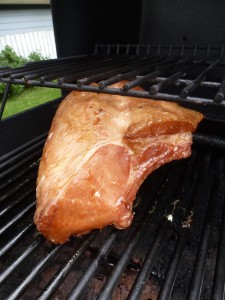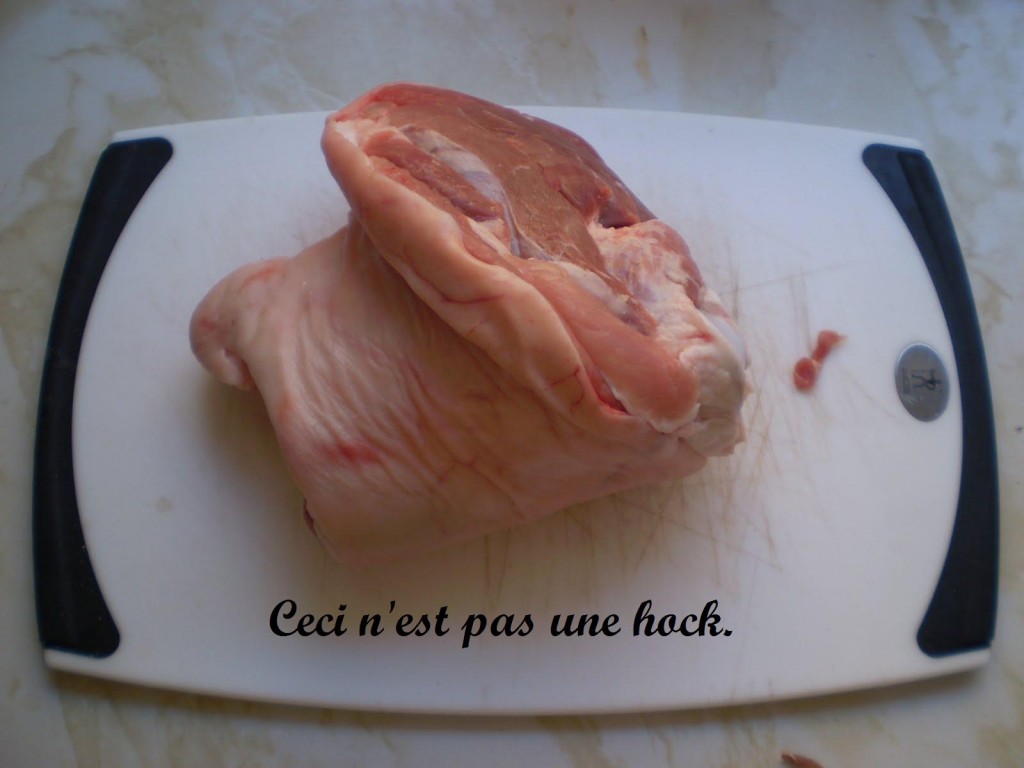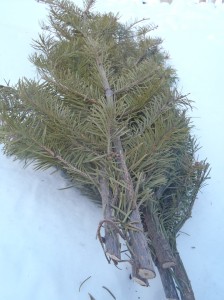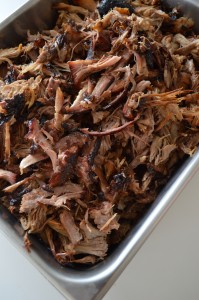
This is definitely the most asked-about sausage style in my sausage-making classes. It is a hugely popular style in Alberta thanks to producers like Stawnichy’s. It goes by a confusing plethora of names – ham sausage, Ukrainian sausage, Mundare sausage[1], and for many people this is simply “kielbasa” even though that is a much, much broader family. So to clarify, the sausage I’m talking about in this post has the following characteristics:
- the interior is the rosy colour of ham (ie. it contains curing salt)
- the interior of the sausage is typically studded with larger chunks of ham-like lean pork
- the sausage is smoked and can be served hot or cold
I believe this style almost … Continue reading.




